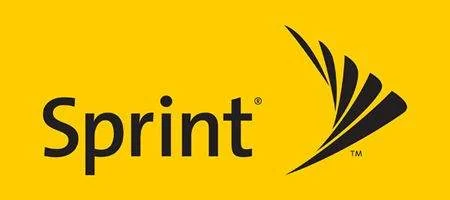Sprint says it plans to shut down its iDEN Nextel 2G network completely by the end of next June.

The move’s part of the company’s plan to clear spectrum for its planned 4G service. It will help Sprint keep up with rivals Verizon and AT&T, which have their 4G LTE networks well underway.
Sprint’s own service is expected to launch later this year using other frequencies, with iDEN’s 800MHz band to be included later.
While users of the walkie-talkie-style network knew they were living on borrowed time, this is the first time the company has given a date. It now hopes to move customers to its Sprint Direct Connect push-to-talk service, which operates on the company’s 3G CDMA network.
“Network Vision represents a nationwide update of the Sprint network using the newest, most-advanced equipment in the industry,” says the company.
“Sprint plans to consolidate multiple network technologies into one seamless network with the goal of increasing efficiency and enhancing network coverage, call quality and data speeds for customers.”
Most users are businesses or government agencies who supply the phones to mobile workers such as construction crews. There are currently about 5.4 million phones active on the network.
Sprint bought Nextel in 2005, but has lost money on it for most of the time since.
Sprint Direct Connect launched last October, offering the same push-to-talk service, along with broadband data capabilities, and says it expects to broaden coverage over the rest of this year.
Over the past eight months, the company has announced four rugged Sprint Direct Connect handsets – the Kyocera DuraMax, Kyocera DuraCore, Kyocera DuraPlus and the Motorola Admiral.
Sprint says CDMA voice and data services will still be available on PowerSource devices – dual mode iDEN and CDMA. It’s already stopped selling iDEN devices in certain channels, and will halt sales altogether over the next few months.
It says it will continue to support customers with iDEN devices during the network transition, and will work to help them move to the CDMA service.






